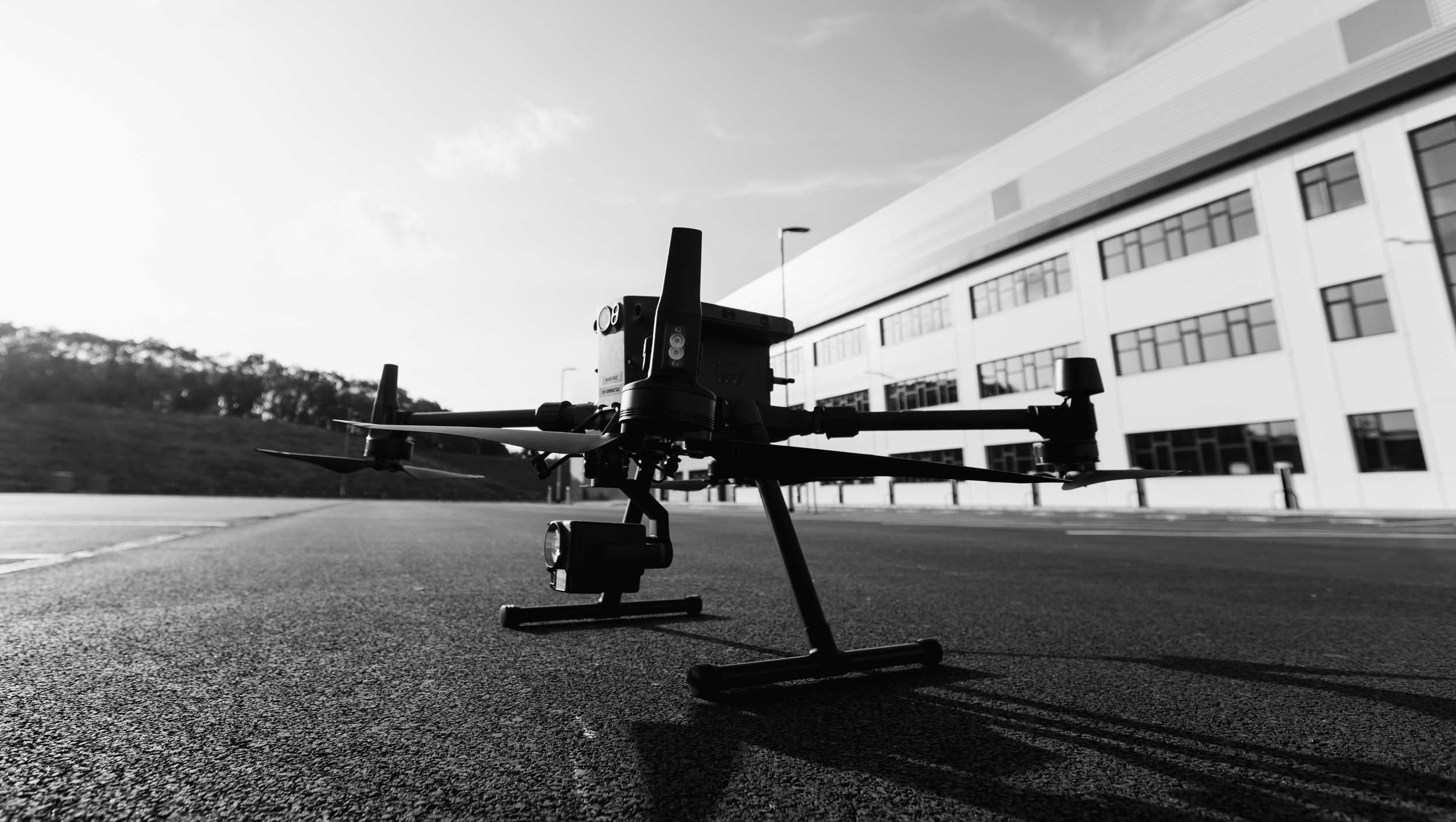In recent years, drones have taken the industrial world by storm, offering a new and efficient way to conduct inspections in various sectors. Their ability to capture high-resolution images, videos, and data from hard-to-reach places has made them invaluable tools in many industries. Here, we’ll explore the three most common industries where drone inspections are making a significant impact:
1. Construction and Engineering:
In the construction and engineering sector, drones have become indispensable. They play a crucial role in monitoring construction progress, ensuring adherence to design specifications, and improving overall project management. Drones can survey large construction sites in a matter of minutes, providing project managers with real-time data on site conditions, work progress, and potential safety hazards.
Moreover, drones are used to create 3D models and maps of construction sites, helping engineers and architects with design, planning, and decision-making. These models allow for precise measurements, volume calculations, and site analysis, reducing human error and improving efficiency.
2. Agriculture:
In agriculture, drone technology is transforming the way farmers manage their crops and land. Agricultural drones are equipped with various sensors, including multispectral and thermal cameras, which can capture data on crop health, soil conditions, and irrigation needs. This data helps farmers make informed decisions about planting, fertilizing, and pest control, ultimately increasing crop yields and reducing resource usage.
Drones are particularly beneficial for large-scale farms, as they can cover vast areas quickly and provide data with exceptional accuracy. The ability to identify areas of stress or disease early allows farmers to take targeted action, preventing potential crop losses.
3. Energy and Infrastructure:
The energy and infrastructure sector relies on drones for inspecting hard-to-reach and potentially hazardous locations such as power lines, wind turbines, and pipelines. Traditional inspection methods often require shutting down operations and putting human inspectors at risk. Drones can conduct these inspections safely and efficiently, minimizing downtime and enhancing worker safety.
Thermal imaging cameras on drones are particularly valuable in this sector, as they can identify equipment defects, leaks, or hotspots that may indicate potential issues. By detecting problems early, companies can reduce the risk of equipment failure and costly repairs.
In conclusion, drones have become essential tools in several industries, including construction and engineering, agriculture, and energy and infrastructure. Their ability to provide cost-effective, accurate, and safe inspection solutions is revolutionizing these sectors and improving efficiency, safety, and decision-making processes. As drone technology continues to advance, we can expect even more applications and innovations in the field of inspections.



